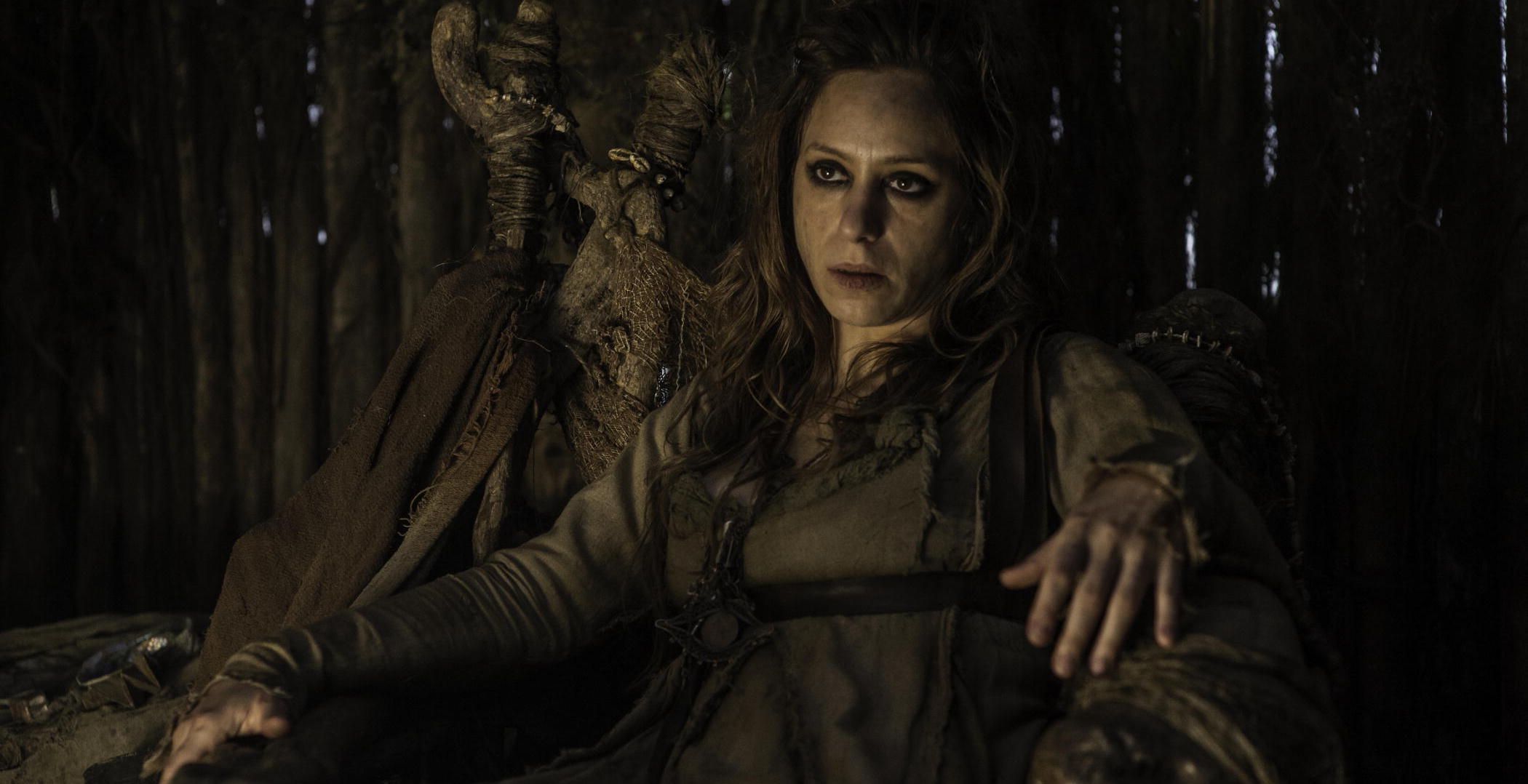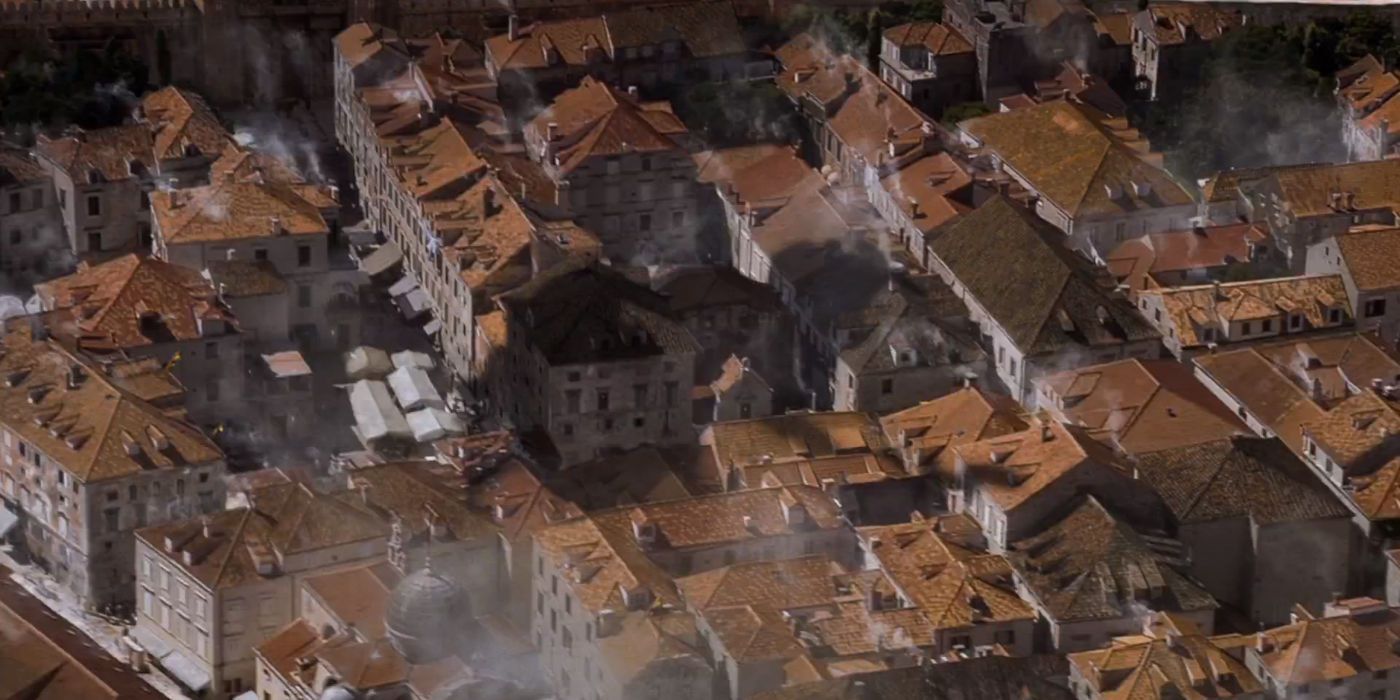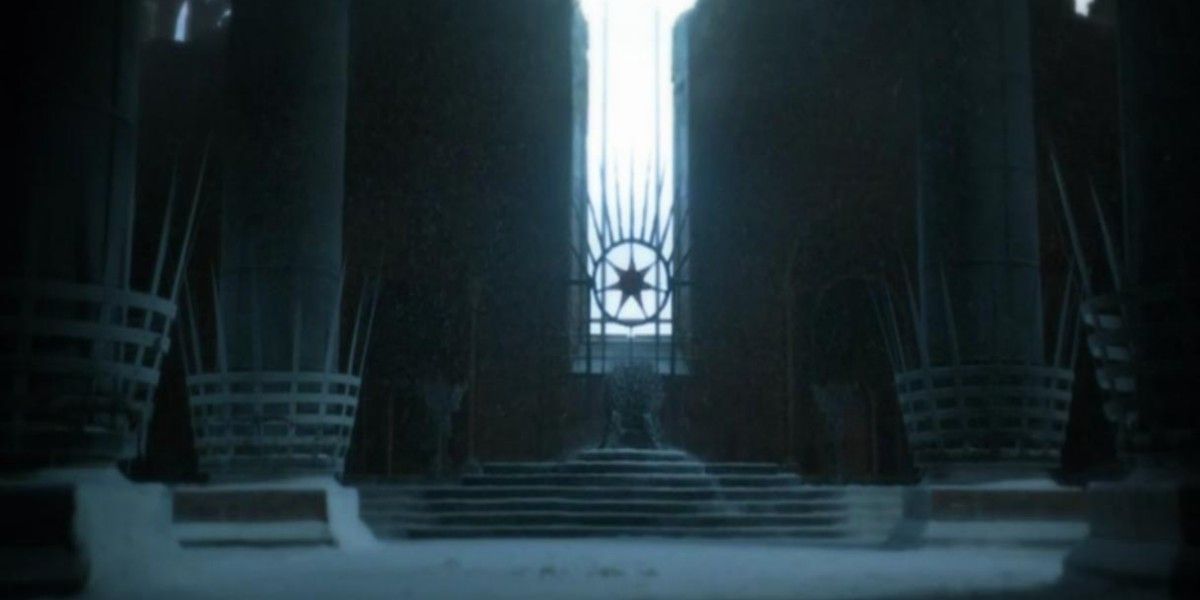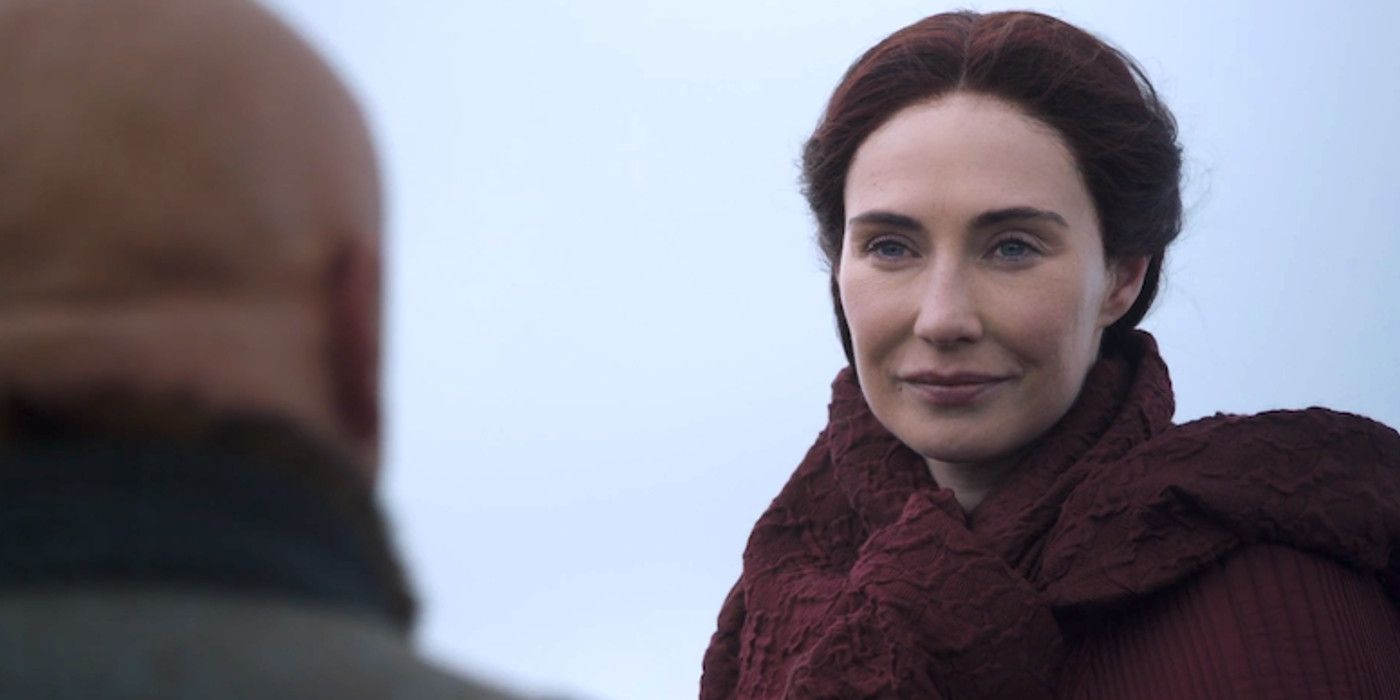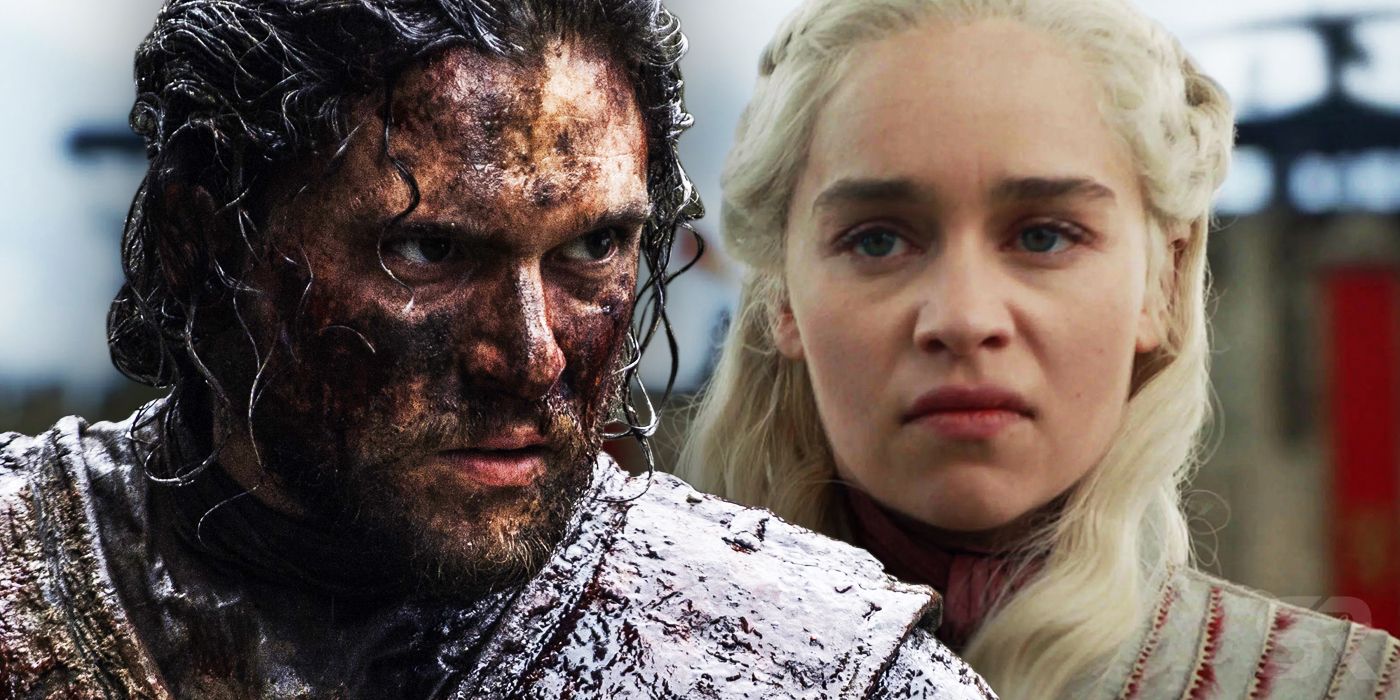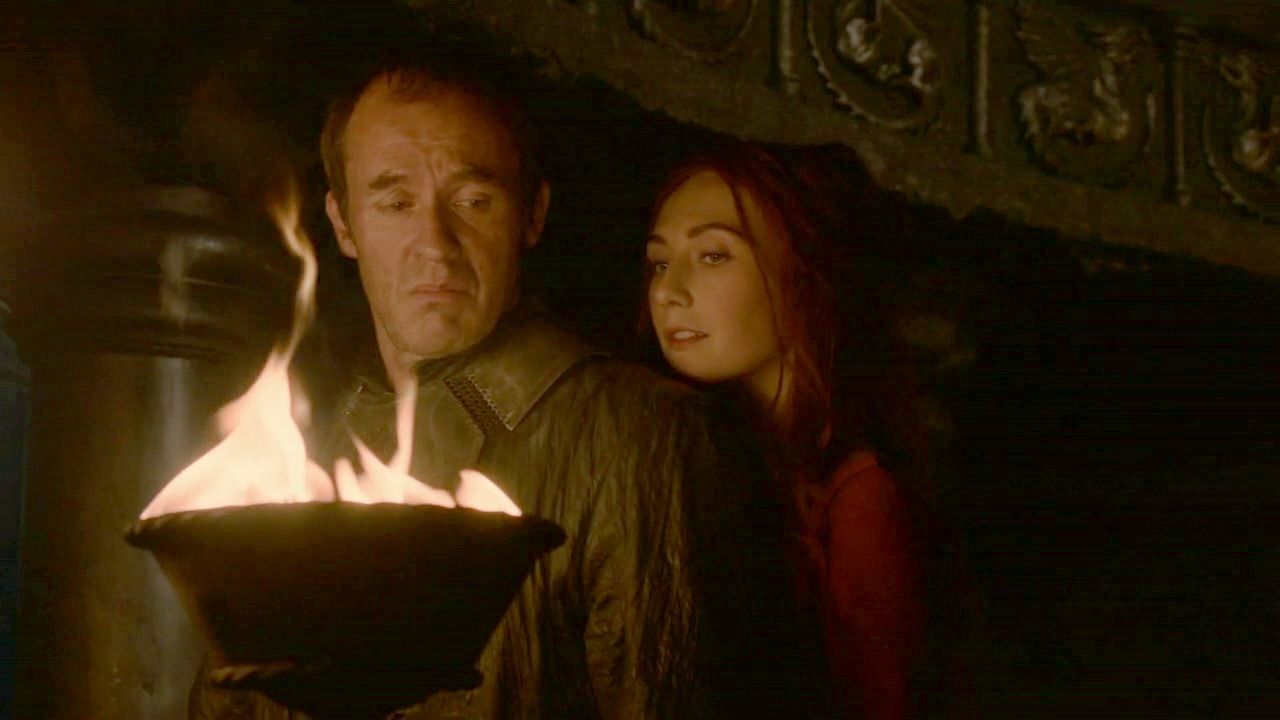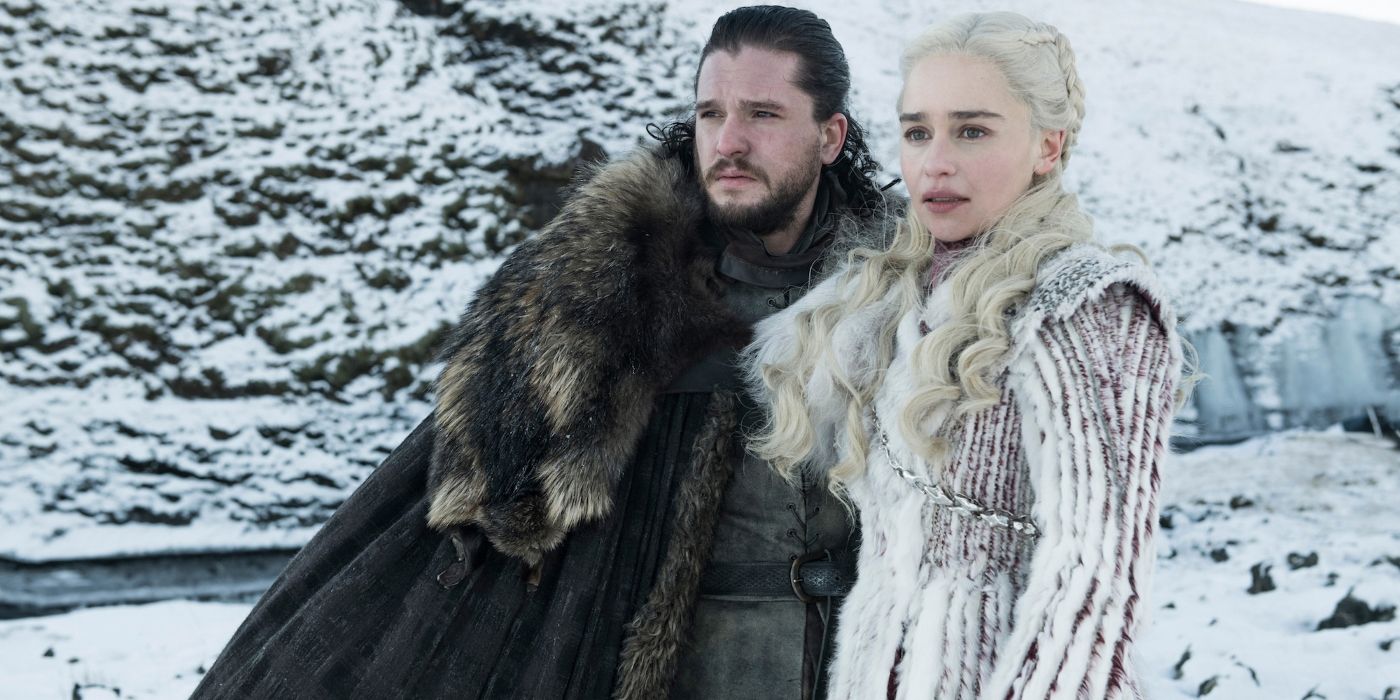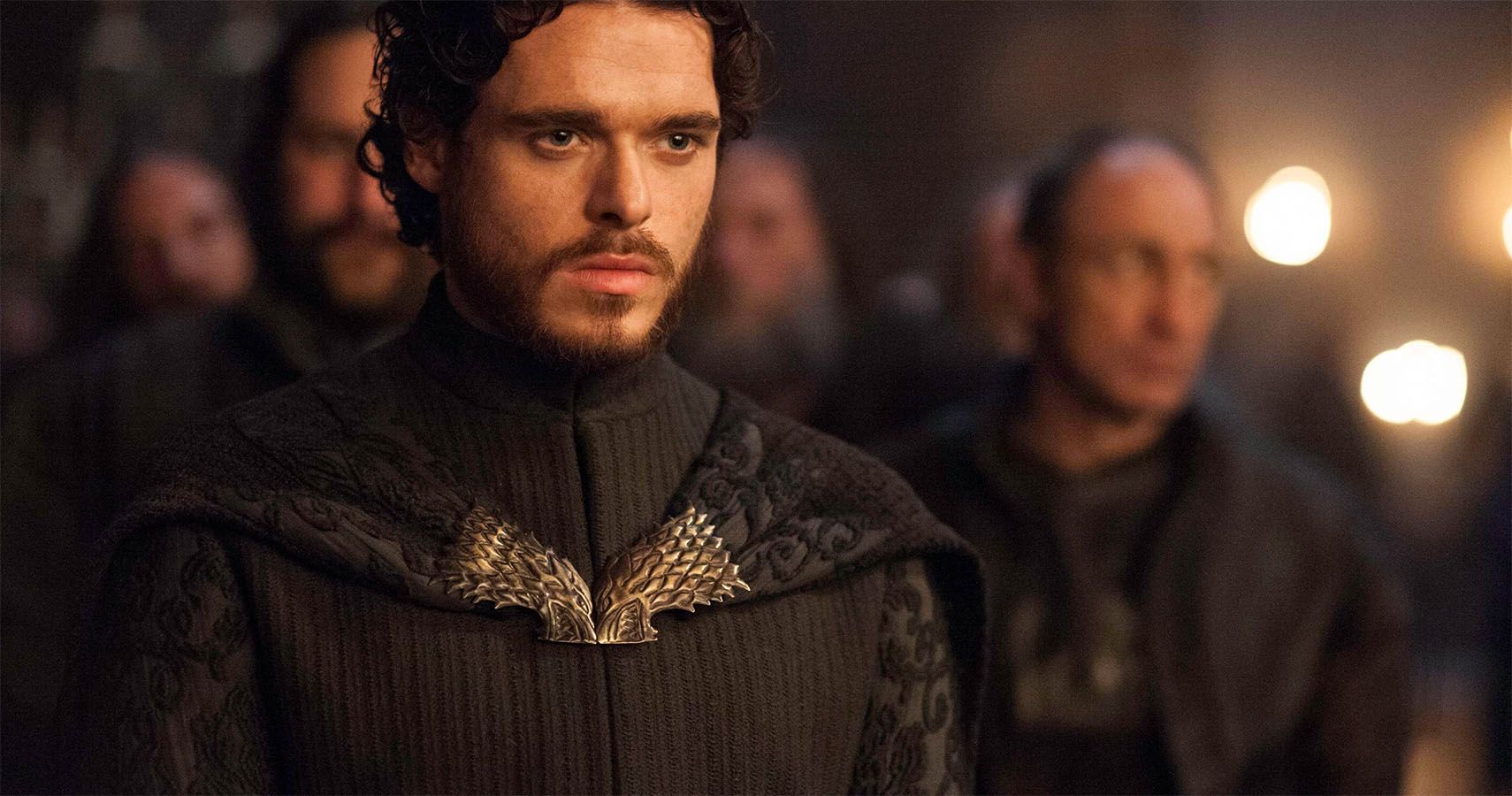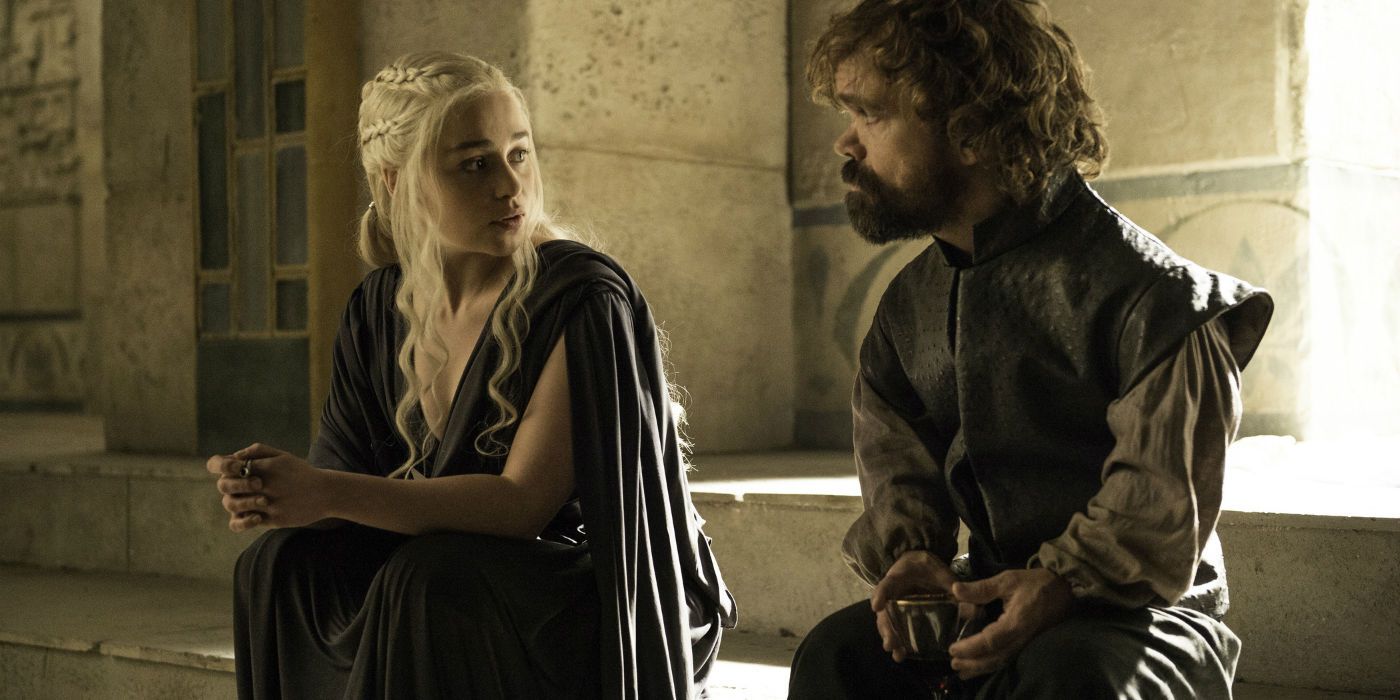Prophecies have been an important part of the lore behind Game of Thrones ever since the series began, their impact and influence growing and changing with each passing season. Some characters prophesied great world-ending events, while others explained the personal destinies of certain people through visions. It was in their nature to change, as even author George R. R. Martin explained prophecies were very unreliable news sources.
The showrunners of the series had the unenviable task of not just adapting the lengthy tomes by Martin, but also keeping the series going when they ran out and he hadn’t finished them. They chose to make some prophecies come true, some fade into ephemera, and some appear to be truthful but only from a certain point of view. Here are all the prophecies and visions that have come to pass since Game of Thrones began. Naturally, there are all kinds of spoilers ahead!
MAGGY THE FROG AND CERSEI
The Valonqar Prophecy laid down by Maggy the Frog (the witch Cersei visited in the woods as a child) didn’t come true in the strictest sense in the penultimate episode of Season 8, but a substantial portion of her prophecy for Cersei's future did come to pass.
In a flashback sequence from Season 5, Maggy the Frog tells Cersei that her future will be prosperous, if bound in tragedy. She’ll “wed the king”, and be “queen for a time”, bearing three children that will all die before her. A “younger, more beautiful” woman will come to cast her down and all she holds dear (which Daenerys eventually did).
THE DRAGON SHADOW
Given that he’s now the three-eyed raven, Bran has been having quite a few visions since his transformation from crippled boy to mystic in the middle of the series. Back in Season 4, Bran saw a vision that included a giant dragon shadow being cast over the rooftops of King’s Landing.
At the time, it was unclear if he was seeing the past or the future, but now we know (after Episode 5 of Season 8) that the dragon was Drogon, helping Daenerys make her vengeful vendetta against Cersei (and the innocent people of King’s Landing) a reality with fire and fury.
THE RED KEEP IN ASH AND SNOW
Bran isn’t the only person to have mysterious visions. Dany, upon visiting the House of the Undying, had a vision of the throne room in the Red Keep, blanketed in white, its roof half destroyed. Viewers speculated about whether or not it was ash or snow Dany was walking through, but Episode 5 clarified this and Episode 6 confirmed it.
After destroying King’s Landing in Episode 5 of Season 8 with dragon fire, it’s clear that fine white ash blankets the Iron Throne room. When she walks through the haunted, desolate halls of the Red Keep and stops before the Iron Throne, there’s a strange irony that it was she who brought the destruction, not the Night King and his Endless Night.
THE DEATHS OF MELISANDRE AND VARYS
Though Melisandre and Varys had the unenviable distinction of hitching their carts to some truly unappealing horses, they were some of the most shrewd survivalists on the show. They did whatever was necessary to ensure that they would outlive all of the mad monarchs and delusional would-be deities they served.
Before Melisandre was banished to Essos, her parting words to Lord Varys were tragically prophetic. She declared she was done “whispering in the ears of kings” and that she would return to Westeros only once again - to die. “I have to die in this strange country. Just like you”. She chose the means by which she met her fate, and in a way, so did Varys.
THE PRINCE THAT WAS PROMISED
The “Prince That Was Promised”, or the “Azor Ahai” prophecy, has been bandied about Game of Thrones several times, notably connected to the Red Priestess Melisandre. It pertains to a hero of legend who would return to Westeros to end a period of despair and darkness with his sword, Lightbringer.
In Season 7, Melisandre decided it might be Jon Snow, resurrected by the Lord of Light himself. He was also declared to be so by his real father, Rhaegar Targaryen, on the day of his birth. The Lightbringer sword was first “tempered” by the forger stabbing the woman he loved most in the world, which Jon inadvertently does when he stabs Daenerys in front of the Iron Throne and ends her reign of cruelty.
ARYA AS A KILLING MACHINE
When Melisandre first met Arya in Season 3, she gripped the spunky girl’s head in her hands and declared that she saw great darkness in her. She explained that Arya would close many eyes in the coming years. This was certainly true: Arya learned the art of subterfuge and assassination from the Faceless in Braavos and became quite adept at both.
Melisandre specifically told Arya that she would close three pairs of eyes - one brown, one blue, and one green. Many viewers assumed the green would be Cersei (as the others represented Lord Walder and the Night King), but Littlefinger’s eyes in the books are “a grey-green”, so she’s already fulfilled the prophecy.
STANNIS WAS DEFEATED
In another prophecy showing that interpretation and outcome are not always perfectly aligned, Stannis Baratheon is defeated in battle at King’s Landing by his brother Renly, but not in the manner in which it was foretold by the Red Priestess Melisandre. Her vision came true in a roundabout way, but the outcome was the same.
In Season 3, at the Battle of Blackwater, Tywin Lannister defended King’s Landing in the name of King Joffrey. It was Garlan Tyrell, wearing Renly’s armor, that attacked Stannis’s forces, their structure already divided at the sight of what they think is Renly returned from the dead.
A SONG OF ICE AND FIRE
One of the strongest visions Melisandre had pertained to bringing ice and fire together, two forces that have represented many things in the series, including the forces of the Night King and the forces of the Living, and the season of Winter juxtaposed against the season of Summer.
But Melisandre was talking about the embodiment of two very different archetypes of rulers, Dany and Jon Snow. Dany came from the fiery desert across the oceans, and Jon was from the icy North. From their romance came a powerful army of combined forces, strong enough to take King’s Landing from Cersei.
THE DEATHS OF THE THREE KINGS
Not many of the kings in Westeros live long and prosperous lives, which often leads to them being paranoid instead of brave. The Red Priestess Melisandre thought that Stannis Baratheon would make a king worthy of the Iron Throne, and perhaps even be the reincarnated hero of legend, Azor Ahai.
In order to make him believe that her prophecies were real, she used his blood to begin an incantation into the fire that would reveal the identity of three kings that would die so that he might be victorious. Robb Stark, Balon Greyjoy, and Joffrey Baratheon. In short order, Joffrey died from poison, Robb was slain at the Red Wedding, and Balon fell to his death.
THE WHEEL WAS FINALLY BROKEN
Not so much a prophecy foretold as an avowal of intent, Daenerys Targaryen told Tyrion in Season 5 that she would be the one to “break the wheel”. She referred to the “wheel” of inevitable monarchical succession, where kings and queens murdered each other over and over to get to the Iron Throne, with only the people of Westeros that suffered.
And break it she did. Not just by freeing countless slaves, but by being so diabolical in her intent to claim the Iron Throne that the lords of Westeros decided lineage would no longer dictate who sat on it, but a vote by them (from among their number) as to who best represented the people.

